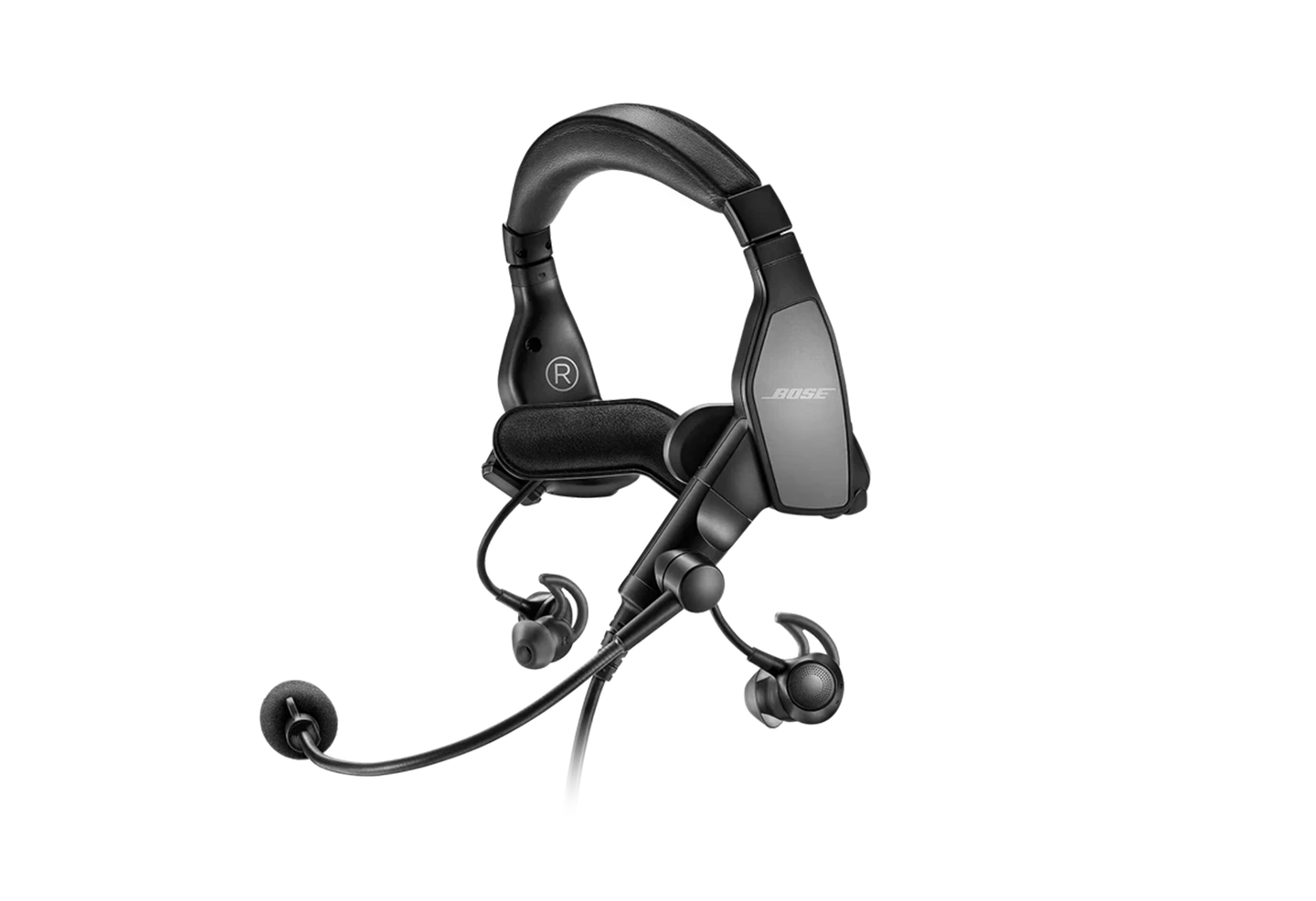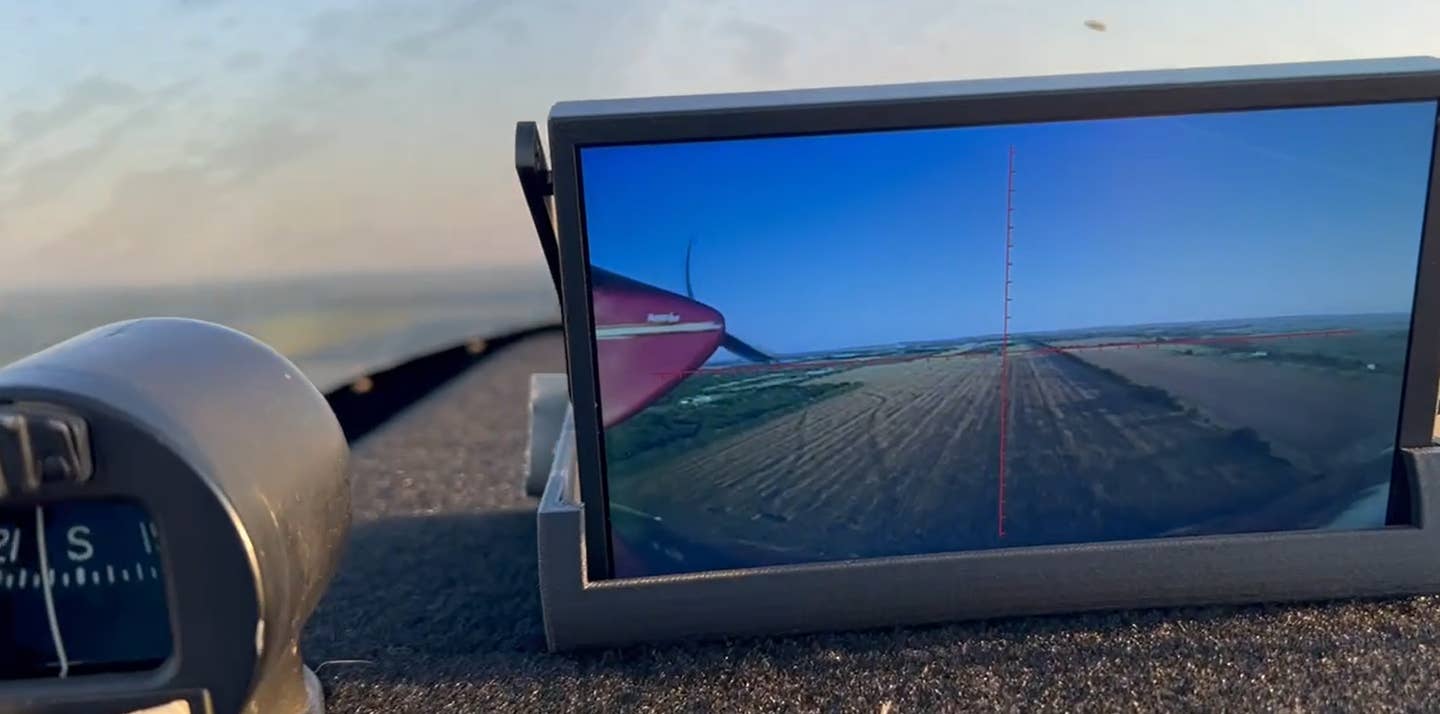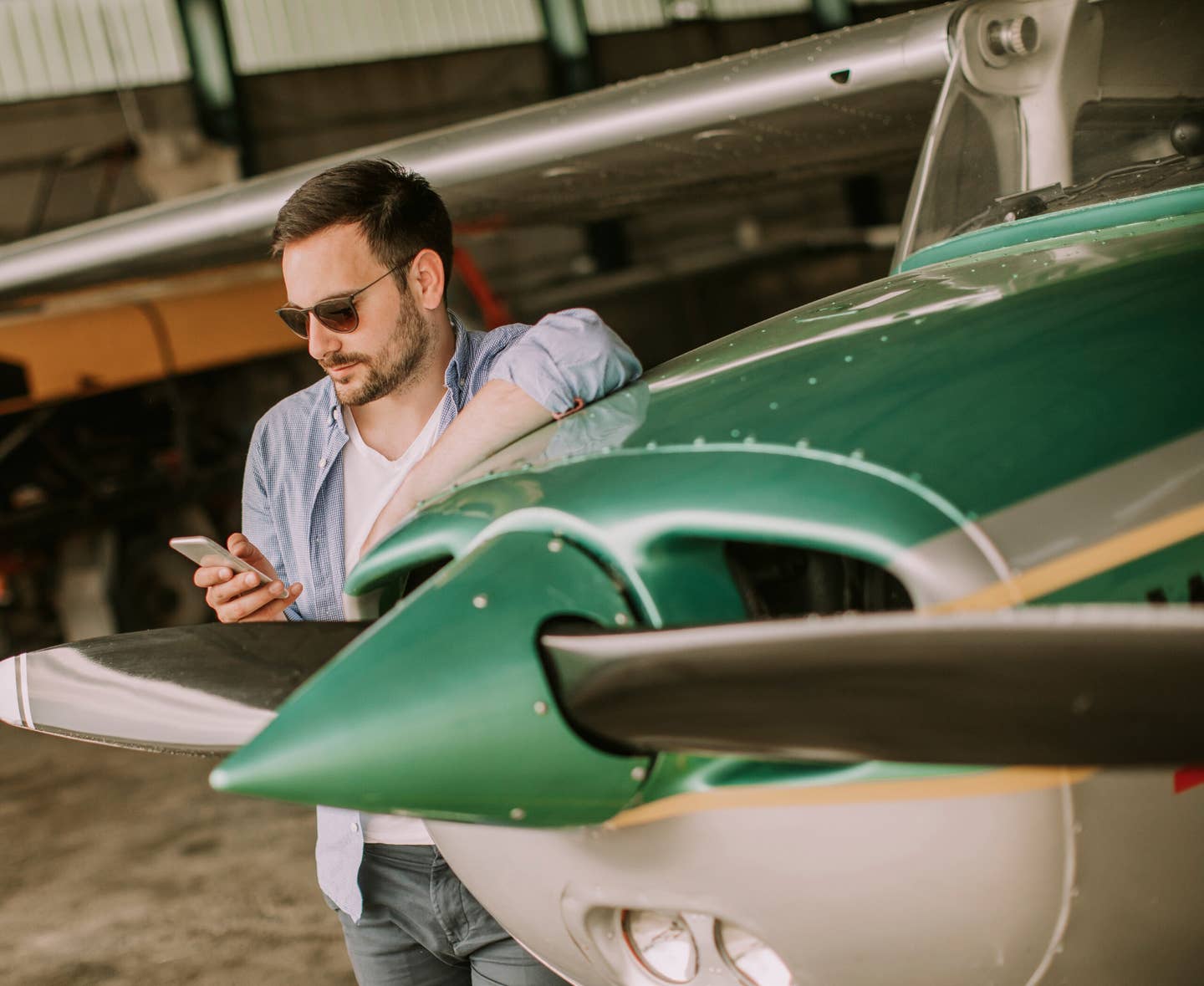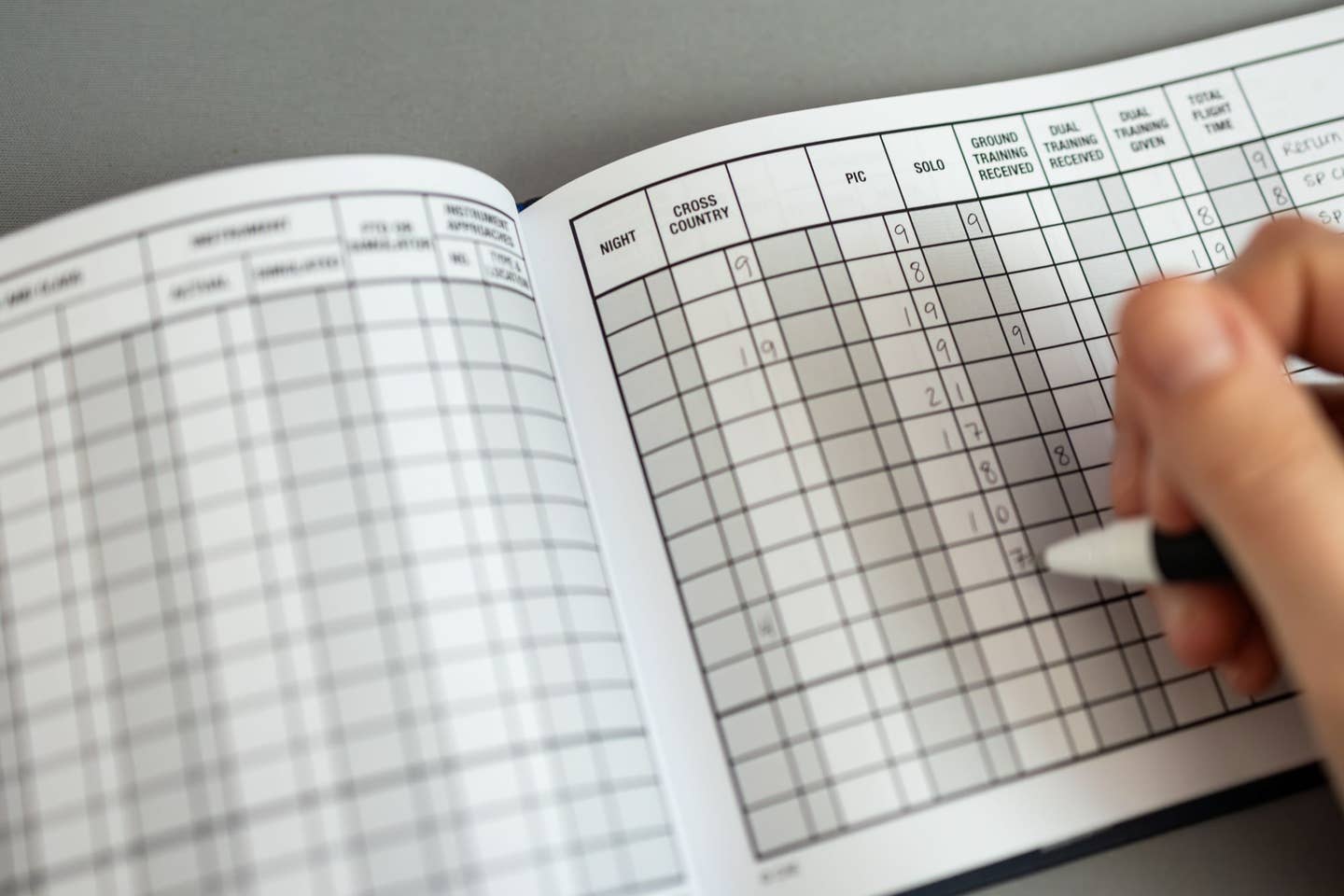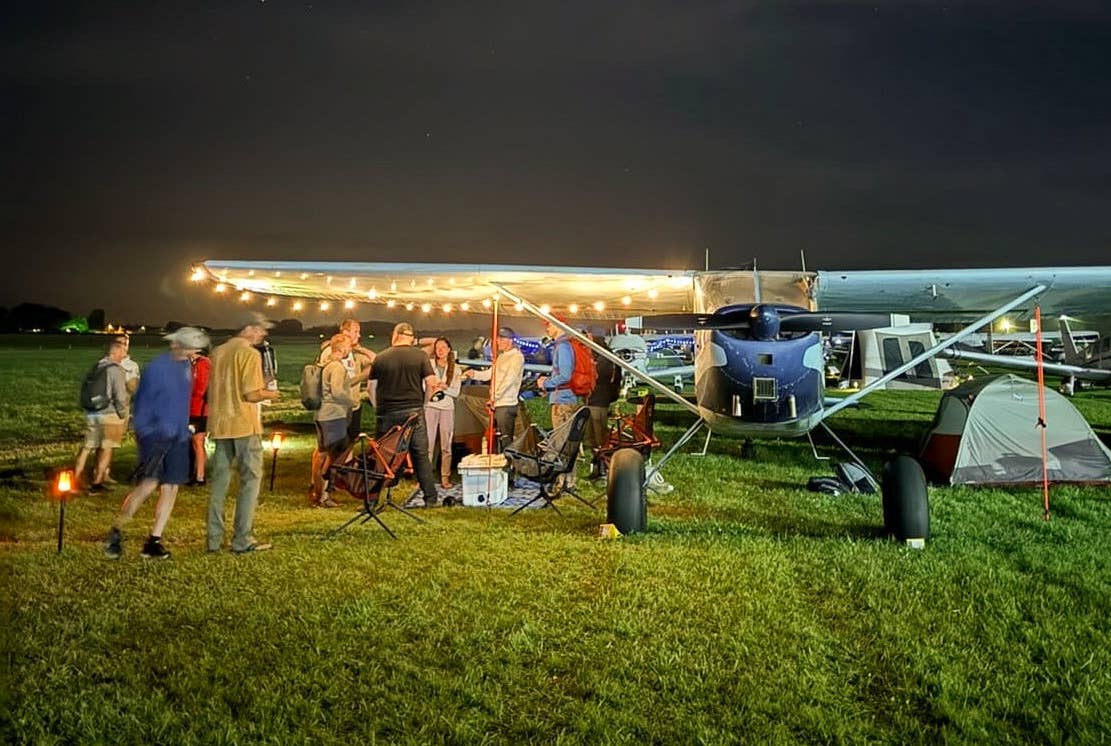Building Out Your Flight Gear Bag
As you work toward your goal of becoming a pilot, one thing’s for sure: You’ll collect certain key tools that you’ll want in the airplane and on the ground.

As you work toward your goal of becoming a pilot, one thing’s for sure: You’ll collect certain key tools that you’ll want in the airplane and on the ground, and you’ll need a way to carry them around with you. Flight kits, starting with the bag itself, take on as many shapes and sizes as there are pilots. With some aviators, that kit is like an extra-large diaper bag, containing supplies and equipment—and backups—for every contingency. Other pilots take a minimalist approach, with a slimmed-down tote that fits only a headset, an iPad, batteries and a snack. While you settle upon your style, here are a few elements to consider for your flight kit.
Flight bag
Start off with the bag itself. If you pick the right size bag for your mission, you’ll never lack space for what you need—nor will you be fishing around in a too-big bag for the one thing that always falls to the bottom. There are a number of great student-optimized flight bags on the market, but check out the new Sporty’s Pilot Shop’s Flight Gear iPad bag. It has key features you should look for in every flight bag, such as padding in the right places and lots of pockets and slots to keep loose items in check.
Headset
You can protect your hearing even before you climb into the airplane for your first flight by scoping out a good headset. For use in most training aircraft, you’ll typically want one that covers your ears, and you can pick the one that best matches your budget. If you have the funds, invest in active noise reduction, which is the same technology you may have used in a pair of headphones to reduce ambient noise as a passenger on a commercial flight. Here are four pilot-specific headsets (standard and ANR) we can recommend:
Under $200: Kore Aviation KA-1
Between $200 and $500: David Clark H10-13.4
Between $500 and $900: Lightspeed Sierra ANR
More than $900: Bose A30
Mobile Device
One of the MVPs of the cockpit, your mobile device (whether an iPad, other tablet or a decent-size smartphone) comes in handy in such a variety of ways that it’s tough to list them all here. Though you will want to learn how to perform critical calculations manually in order to understand the underlying concepts, later on you’ll find that many apps save you time and brain space on the flight deck. Your choice of mobile-device operating system (iOS or Android) determines the apps available. You’ll want an extra battery pack to back up your device for long cross-country flights, or a cord to plug into a USB outlet if your training airplane has one installed.
Kneeboard
While you may do a lot on a tablet or smartphone, pilots also find various paper references useful in the cockpit as well—and it helps to have a specialized clipboard, which pilots refer to as a “kneeboard,” to strap onto your leg for easy access during flight. What kind of kneeboard suits you best depends on whether you want one to use for your device (such as a strap to secure the unit to your leg) or a more robust one for taking notes and holding charts. Many have critical information printed on them that can be helpful in both normal and emergency situations. These selections show the options available:
MyClip multitablet kneeboard from Sporty’s
Charts, Flight Computers and Logs
Speaking of paper charts, you will need a few traditional tools to both help you learn the basics and serve as a primary reference or backup—depending on your course of instruction and how your training aircraft is equipped. You can also access charts online through a variety of vendors, including SkyVector and the Aircraft Owners and Pilots Association. In addition to the sectional and terminal area charts that show where you fly, you will also want to invest in a flight computer or manual E6B and paper flight-planning logs to help you pencil out your first flight plans. You might add these to your kit:
Sporty’s E6B flight computer
Fuel Tester
One of the most critical preflight actions you’ll take is to check the quantity, quality and grade of the fuel on board your airplane prior to flight. In order to do this, you need a fuel tester. You’ll also need a special dipstick to gauge visually the amount of fuel in many tanks (especially on high-wing airplanes). While most schools have fuel testers and the proper dipstick in the seat-back pocket in each airplane ready for you to use, it pays to carry your own fuel tester so you’re never caught out. Sporty’s makes one called the Gats Jar that allows you to strain the fuel back into the tanks so you need not dispose of it incorrectly. There are also other slimmer options from Jeppesen, ASA and Pilot Mall.
Read More: Learn to Fly
Sunglasses
While your own favorite sunglasses make you look cool—or just block the sun adequately for most of what you do on the ground—your needs in flight change, and you might consider equipping your eyes accordingly. You’ll also want to be aware that polarizing lenses can change colors and distort your view in the cockpit. Here are a couple of aviation-specific shades to try:
Smith Guide's Choice
Scheyden C-130 Titanium
Ray-Ban RB3136 Caravan
Hat, Gloves and Layers
The climate changes rapidly as you ascend into the sky, or you could fly to a destination where the weather is decidedly different from your departure airport. Yes, flying takes you places, and it pays to be prepared. For the most comfort in the cockpit, dress in layers, and be sure to pack adequate clothing (including hats and gloves as needed) for where you’re going—or if you happen to land somewhere you didn’t plan to.
Food and Hydration
Finally, you need to ensure that you’re physically fit for flight, and that includes properly nourishing yourself before the flight and making sure you have enough energy to maintain yourself during. This goes double for hydration: Drinking enough water or other healthy fluids before and during your flight will help keep your mind sharp and your flying at its peak. Think of yourself as an athlete preparing for an event, and you have the right idea. We like various protein or granola bars for quick, easily digestible energy during the flight, as well as snacks such as nuts and dried fruit. A refillable water bottle can be topped off at stops along the way.
This story appeared in the 2021 Learn to Fly Special Issue of Flying Magazine

Sign-up for newsletters & special offers!
Get the latest FLYING stories & special offers delivered directly to your inbox

